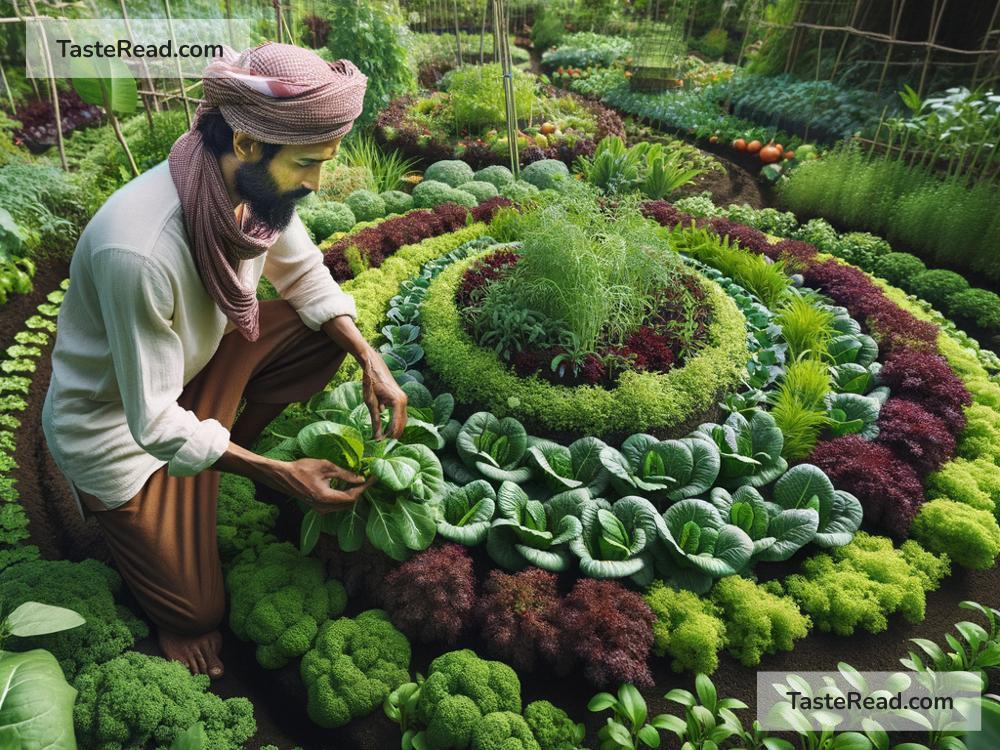Choosing Sustainable Farming Practices for Fresh Produce
In today’s world, where the environment is under strain from pollution and overexploitation, it’s more important than ever to think about how our food is grown. Sustainable farming practices are not just a trend but a necessary step towards healing our planet and ensuring that we have nutritious food for generations to come. But what exactly are sustainable farming practices, and how do they affect the fresh produce we consume? Let’s dive into the world of sustainable agriculture and see how choosing responsibly grown food can make a big difference.
Understanding Sustainable Farming
Sustainable farming aims to meet our current food needs without compromising the ability of future generations to meet their own. It’s about finding a balance between three main goals: economic profitability, environmental health, and social and economic equity. This means growing food in ways that are good for the environment, profitable for farmers, and safe and fair for workers and the community.
Key Sustainable Farming Practices
-
Crop Rotation and Diversity: Instead of planting the same crop over and over again (which can deplete the soil and increase pests), sustainable farmers rotate crops and plant a variety of crops. This helps to maintain healthy soil, reduce pest problems, and even improve the taste and nutritional value of the food.
-
Conservation Tillage: Tilling the land less helps to reduce soil erosion, improve water retention, and enhance soil health. This practice ensures the soil is better able to support crop growth.
-
Natural Pest Controllers: Rather than relying on synthetic pesticides, sustainable farms often use natural predators, barriers, and biopesticides to manage pests. This is healthier for the environment and the people who eat the produce.
-
Organic Practices: Many sustainable farms follow organic practices, avoiding the use of synthetic fertilizers and pesticides. This helps to reduce pollution and create healthier soil and produce.
-
Water Management: Sustainable farming also means using water wisely. Techniques like drip irrigation and rainwater harvesting help to conserve water while ensuring crops get the moisture they need.
-
Renewable Energy Sources: By using solar panels, wind turbines, or biofuels, sustainable farms reduce their carbon footprint and contribute less to climate change.
Why Choose Sustainable Produce?
Choosing produce from sustainable farms has several benefits, not just for the environment, but for you as well.
-
Health Benefits: Sustainable produce is often fresher and contains fewer chemicals than conventional produce, making it better for your health.
-
Taste Benefits: Many people find that sustainable produce tastes better. This is because healthy, well-balanced soil tends to produce more flavorful fruits and vegetables.
-
Environmental Benefits: By supporting sustainable farming, you help reduce pollution, conserve water, and protect wildlife habitats.
-
Economic Benefits: When you buy sustainable produce, especially directly from farmers or through local markets, you support local economies and ensure farmers get a fair price for their goods.
How to Choose Sustainable Produce
-
Look for Certifications: Labels like USDA Organic, Rainforest Alliance Certified, or Fair Trade Certified are good indicators of sustainable practices.
-
Shop Local: Buying from local farmers markets or subscribing to a community-supported agriculture (CSA) program helps ensure that you’re getting fresh, sustainable produce.
-
Ask Questions: Don’t hesitate to ask your grocers or farmers about their farming practices. Many are proud to share their efforts towards sustainability.
-
Be Seasonal: Learn what produce is in season in your area and plan your meals around it. Seasonal produce is often more sustainable since it doesn’t have to travel far to reach your plate.
-
Grow Your Own: Even growing a small amount of your own food can make a difference. Herbs, tomatoes, and lettuce are easy to start with and can be grown even in small spaces.
In Conclusion
Choosing sustainable farming practices for fresh produce is an important step we can all take toward a healthier planet and healthier lives. By supporting sustainable agriculture, we help ensure that our food systems are resilient, profitable for farmers, and capable of feeding the world in an environmentally friendly way. It’s a win-win situation for everyone involved, from the farmer to the consumer, and most importantly, to the Earth itself. Let’s make conscious choices that support sustainable practices and enjoy the bounty of fresh, delicious, and nutritious produce that comes with it.


